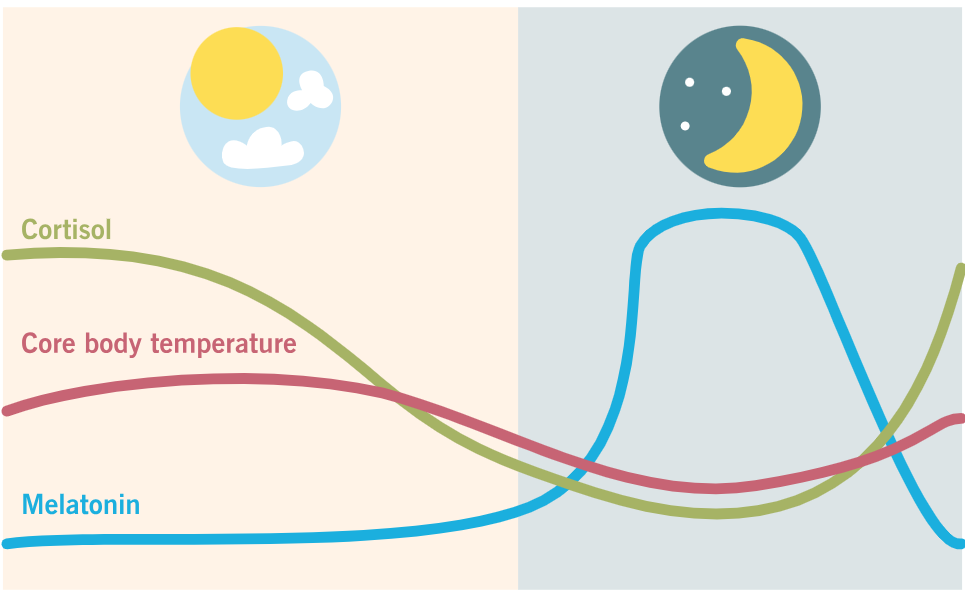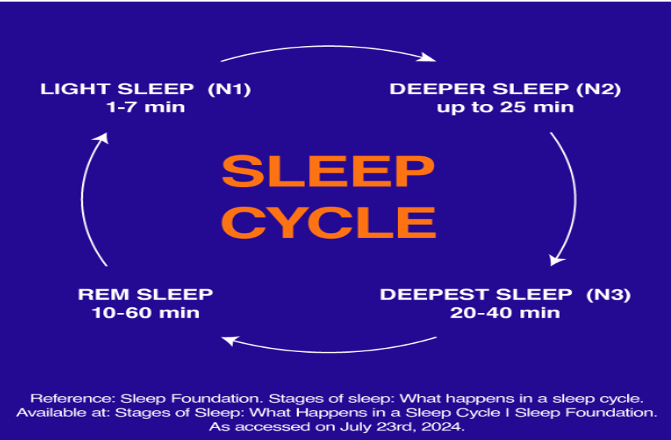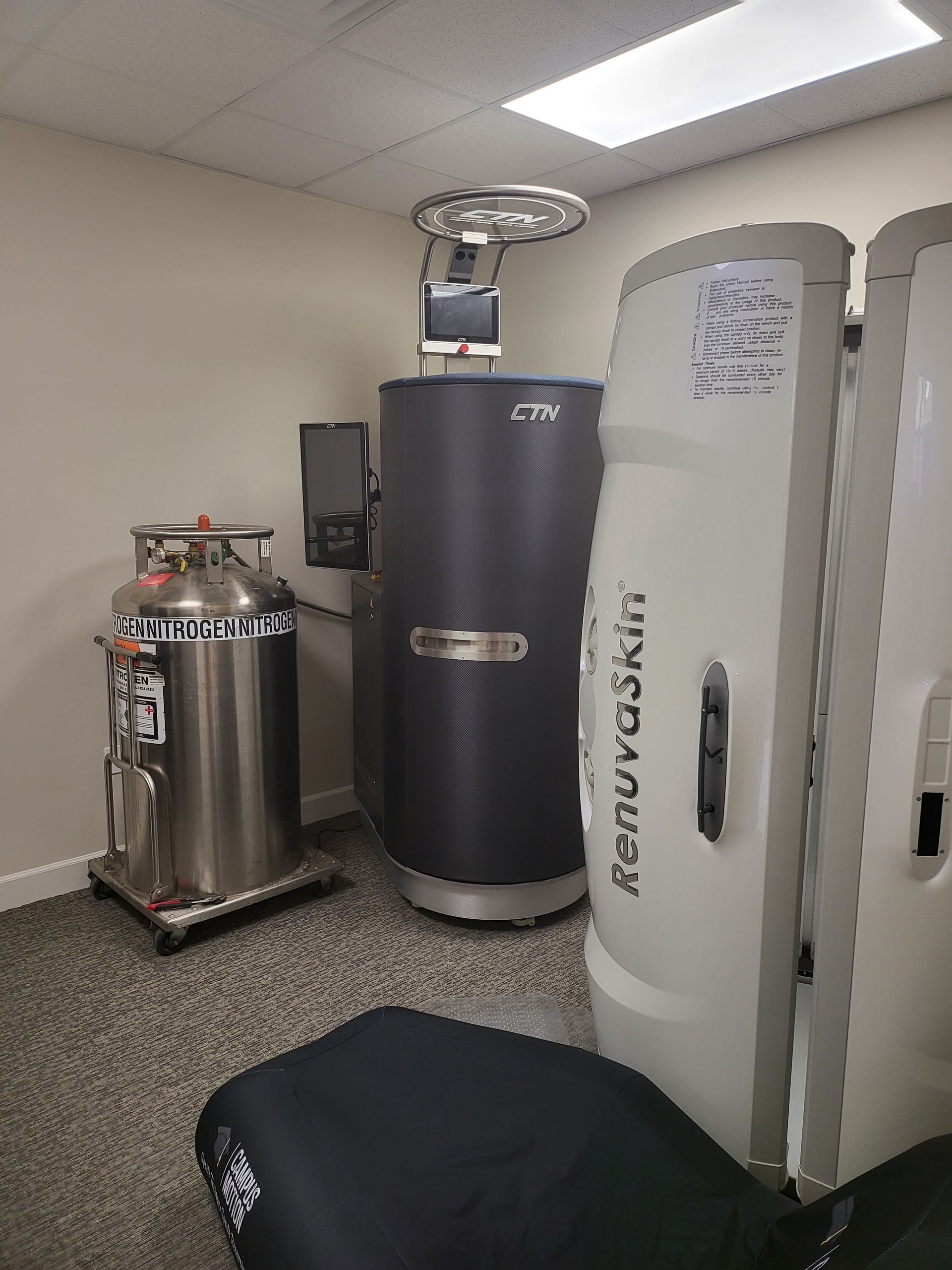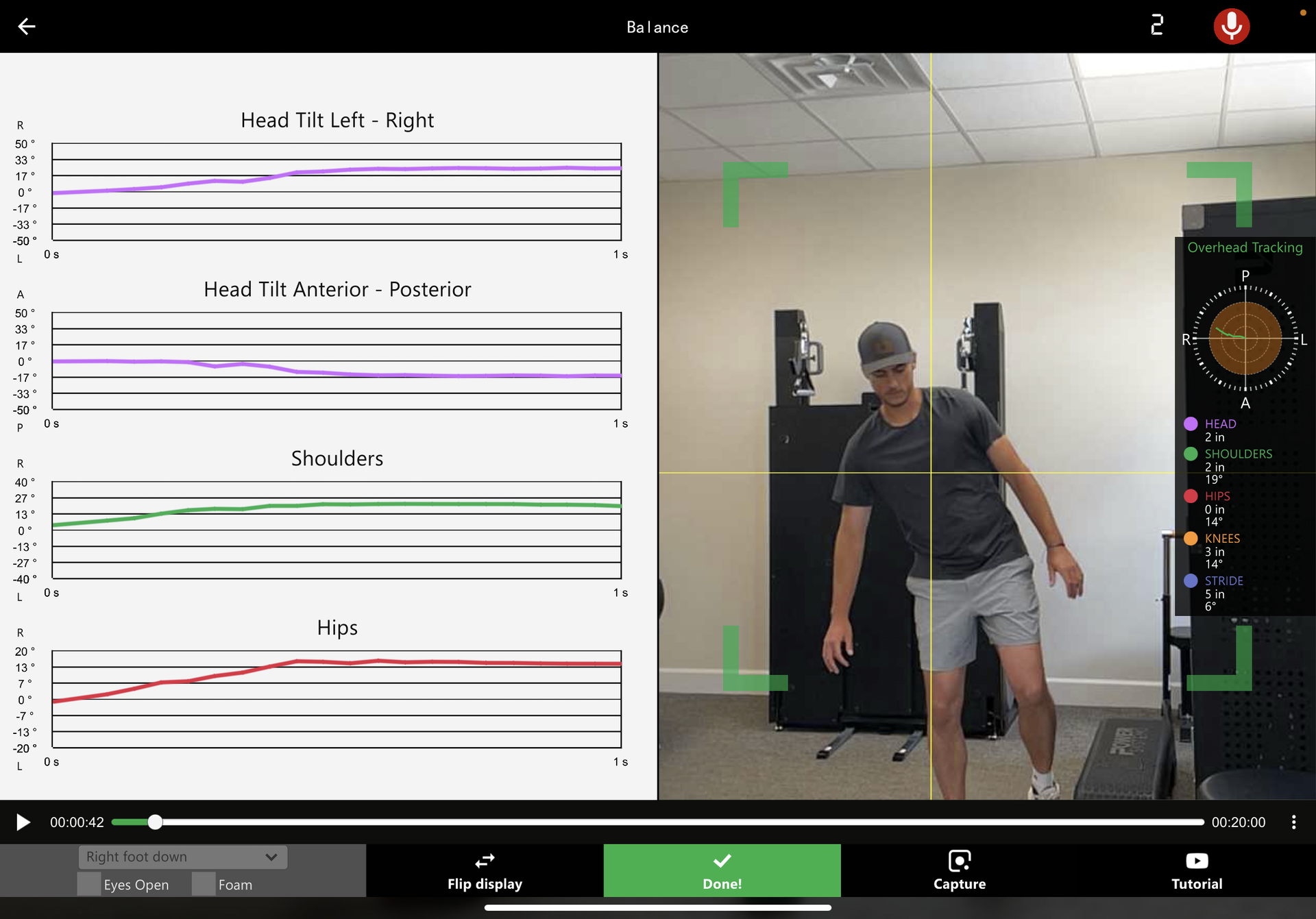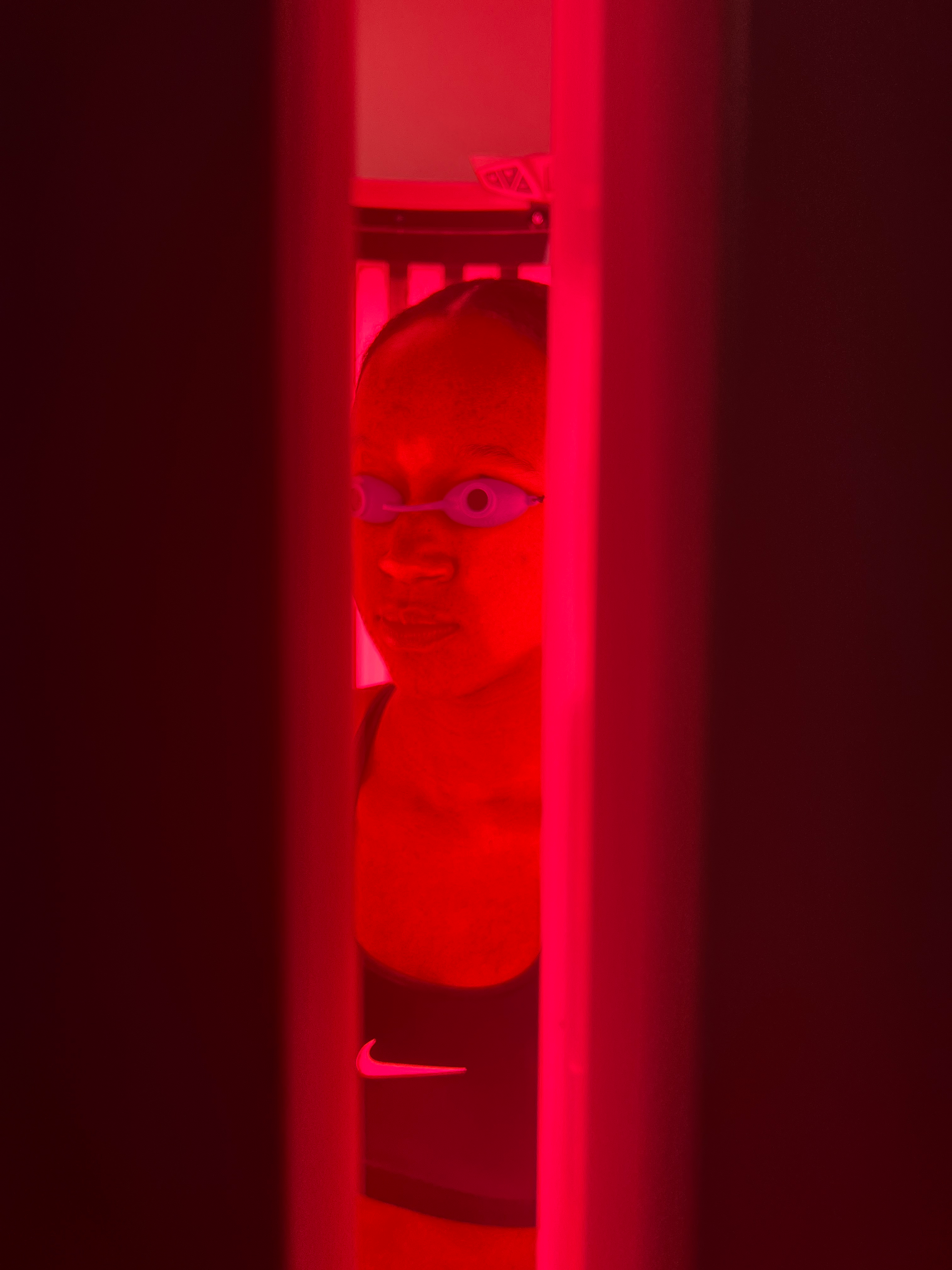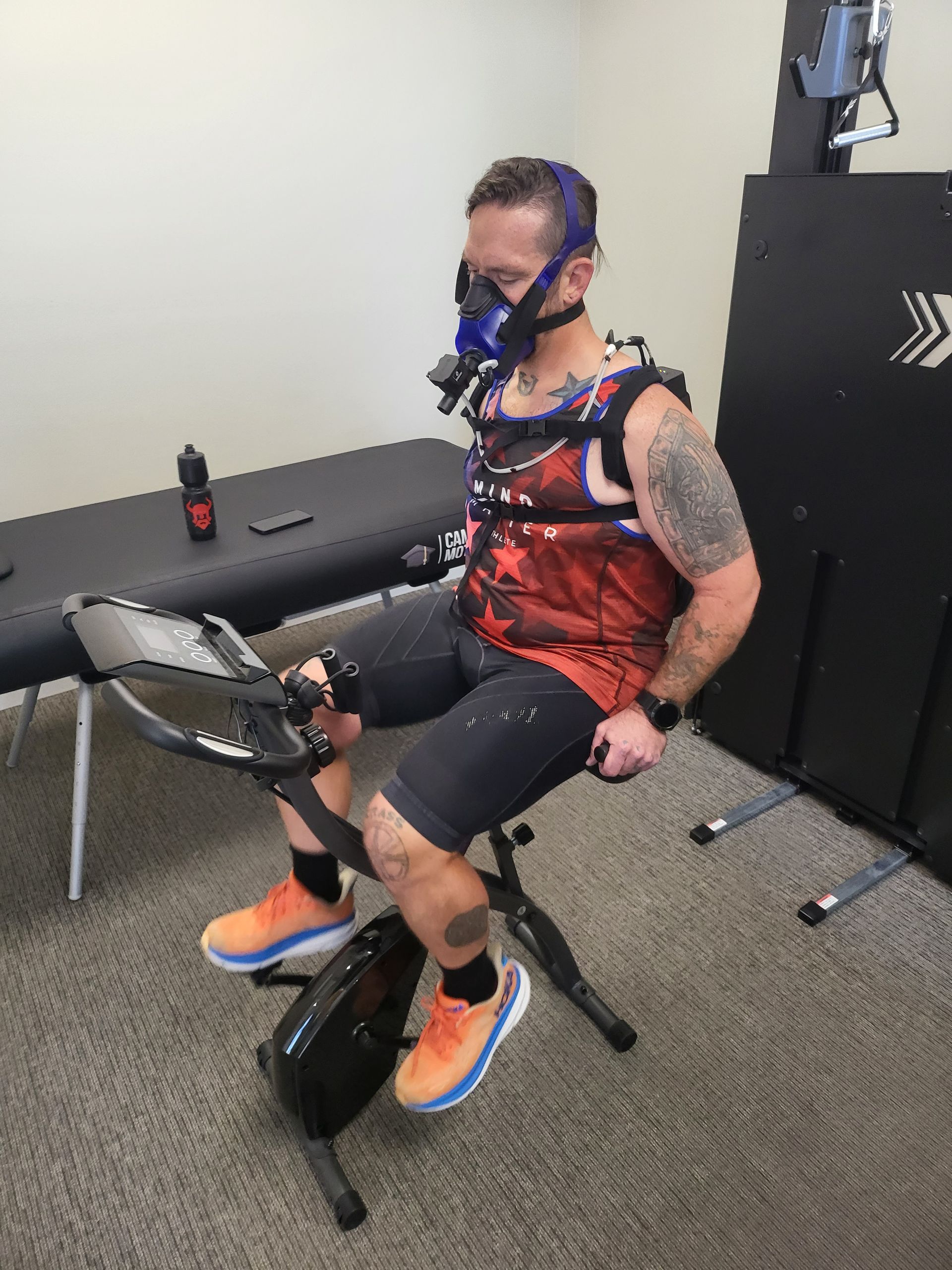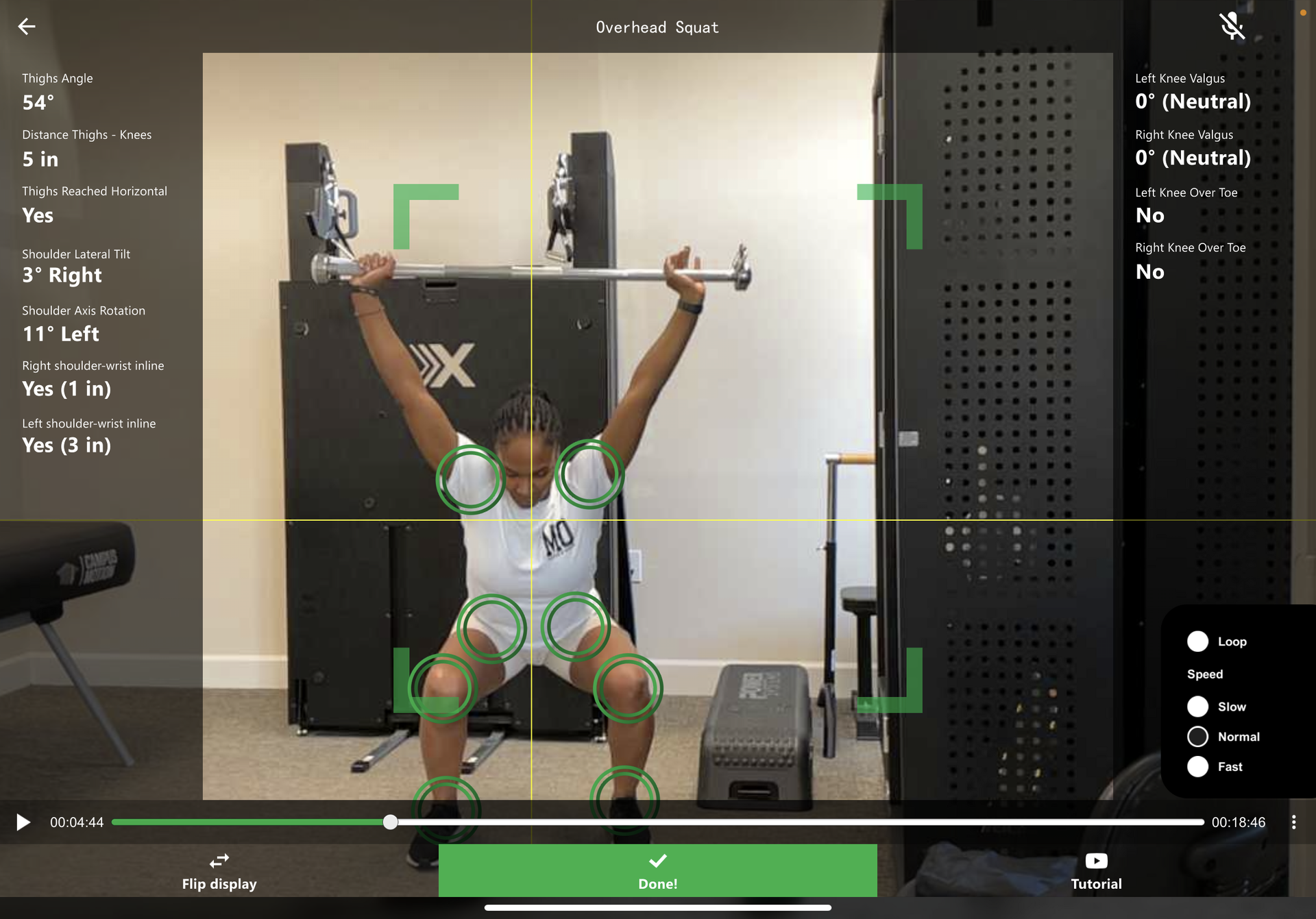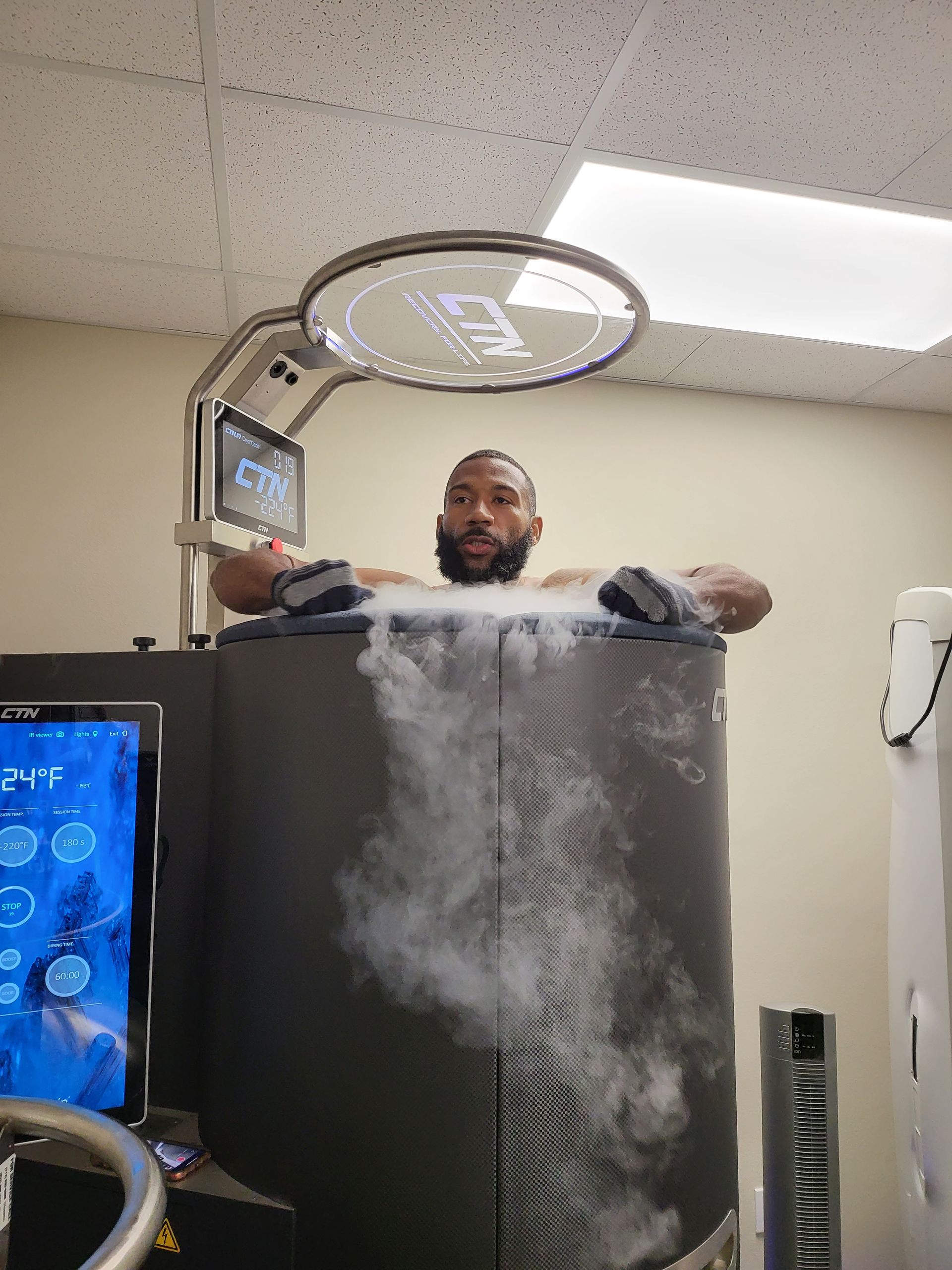How to Find the Right Athletic Recovery Center for You: A Guide
Are you wondering what you might need to consider when choosing the right sports therapy center for you? Learn more here.
Did you know that only approximately 50% of Americans meet physical activity requirements outlined by the Centers for Disease Control and Prevention? Only one-quarter of Americans meet requirements for both aerobic and strength training guidelines.
How do you find the right athletic recovery center for you?
Suppose you fall into that latter percentage - congratulations! Whether you're working your way into that requirement or nail it each week, you may be all too familiar with sports injuries and how long sports recovery can take. Injuries can set you back from meeting goals and maintaining good health.
So, where do you turn when you have an injury or when you want to prevent future ones? Luckily, we have put together a complete guide on what to look for in a sports medicine clinic and what to expect, so keep reading for more information!
What Is Sports Medicine?
Sports medicine is a healthcare branch dedicated to preventing and treating injuries related to fitness, physical activities, and sports. While some may think of it as only for professional athletes, it is widely available to the general public. Part of the sports medicine team could include:
- Physicians
- Physical therapists
- Athletic trainers
- Nutritionists
- And more
These healthcare professionals have added expertise and training in treating, preventing, and working with active individuals. You don't need to be training for a triathlon. Even weekend warriors can benefit from seeing a certified professional.
What Is Sports Physical Therapy?
Under sports medicine, you have physical therapy. They help with sports recovery programs and are trained professionals that address:
- Mobility
- Strength
- Balance
- Range of motion
Physical therapists can specialize in many fields, and those in the sports physical therapy field often have a high level of expertise regarding various musculoskeletal injuries. Some may have a background in athletic training, or you might see athletic trainers working with physical therapists to help you recover from injury.
A sports injury is any type of injury that occurs while training, prepping, or playing in various activities or athletic events. Here are some of the more common sports injuries that physical therapists treat:
- Ligament tears
- Muscle strains
- Bursitis
- Concussion
- Arthritis
During a physical therapist evaluation, they will assess your strength, movement, and pain. At this point, they may discuss your level of activity and goals with you. Most patients want to return to a high level of function, so these professionals are equipped with the best knowledge and tools to help you meet your short and long term goals.
Injury Recovery Phases
There are two main types of injuries: acute and chronic. Acute are relatively easy to identify. For example, you jump up to grab a rebound in your weekly basketball game and come down on your ankle sideways.
You may feel it turn and give way underneath you, leading to sharp pain on the side of your ankle and foot - a classic ankle sprain. It may be painful to walk on, and you could start developing bruising and swelling. Immediately after an injury, it is essential that you follow the R.I.C.E. protocol, which stands for:
- Rest
- Ice
- Compression
- Elevation
The goal of R.I.C.E. is to help manage the inflammation and reduce pain. Physical therapists might perform soft tissue massages, use ice compressors, or try some gentle range of motion.
Once the acute phase of injury is over, strength, balance, and coordination are the goal. You will gradually work your way up in levels of difficulty. It is crucial that during this phase, you keep in constant communication with your physical therapist or rehab professional regarding pain or discomfort since you don't want to risk reinjury and start the process over.
Lastly, you will begin the return-to-sport phase. This is the most exciting part of rehabilitation since it involves mimicking activities and movements you would typically perform.
Let's go back to the basketball player example. Following an ankle sprain, you'll eventually need to learn speed, quick turns, acceleration, and deceleration. You might also need to build your strength with jumping, balance, and coordination.
Chronic Injuries
Chronic injuries are more challenging to deal with. They include overuse injuries where they may not be a definitive cause. Tendinitis is the most obvious example, and many overhead athletes, such as tennis or baseball players, can develop it in their elbow or shoulder.
Unfortunately, chronic injuries lead to chronic pain, which affects over 25 million adults in the United States. It is a type of pain that lasts longer than three months and can impact your participation in exercise, athletic events, and even daily tasks.
One of the main treatment options for chronic pain is physical therapy. They can use interventions to help support joints, improve function, and alleviate pain.
How Long Does Injury Recovery Take?
Injury recovery primarily depends on the type and severity of the injury. Surgical interventions will often require a longer recovery period since physical therapists must follow specific surgical protocols. For example, nearly 350,000 people tear their ACL and require surgery each year.
ACL reconstruction is immediately followed by an intensive round of physical therapy that can last weeks to months. Return to sport timelines from ACLs has extended from nine months to almost two years. Why does it take so long to recover?
- Ensuring proper joint mechanics
- Proprioception
- Adequate strength
In some studies, delaying when you return to sport following an ACL reconstruction can reduce your risk of reinjury by over 50 percent! Physical therapists play a critical role in how soon you can return. When looking for a clinic, you want professionals who help take the guesswork and potential reinjury out of the equation.
What Do Sports Medicine Professionals Use?
If you've never visited a physical therapist or sports medicine professional before, you may be curious about what they use that can help you improve strength and function. Many physical therapists use manual therapy.
They can have you perform various movements and test your muscle strength or measure your range of motion. They put your values against standard measures based on gender, age, and activity level.
This helps give them a better idea of where you stand and what you need to work on. Let's go back to the ACL injury example.
Females are almost eight times more likely to tear their ACLs than males. Why? Researchers believe that there are five main factors involved:
- Genetics
- Hormonal
- Environmental
- Biomechanics
- Anatomy
Studies are showing that ACL injuries are more related to biomechanics than fatigue. Almost two-thirds of female ACL injuries during soccer happened in the first half of the match. Sports medicine specialists can help prevent these injuries through:
- Addressing biomechanical deficiencies
- Strength deficits
- Using plyometrics
- Using agility drills
- Teaching landing techniques
- Improving proprioception
Including sport-specific activities can make the interventions more applicable to your injury-prevention case. Your next sports medicine clinic should specialize in these common sports injuries rehabilitation.
Preventing Injuries
Wouldn't it be nice if you didn't have to worry about lengthy and tedious recovery times following an injury? Specialty prevention programs are part of a new term: prehabilitation. Physical therapists have emphasized the importance of prehabilitation regarding surgical outcomes, injury prevention, and more.
In a systemic review, researchers looked at prehabilitation and outcomes following cancer surgery. It included exercises that targeted the entire body and respiratory system.
Nutrition and psychology were also included in some of the care. Experts found that prehabilitation helped improve:
- Functional capacity
- Reduced hospital stay
When it comes to sports injuries, you don't want to wait for an injury to catch up with you. Campus Motion focuses on physical therapy and wellness services, including:
- Concierge sports medicine
- Athletic Performance and Injury Prevention
- Sports recovery and return to sport
- Wellness
During concierge sports medicine and injury prevention tests, you can find exactly where your weak points are. You can modify activities the right way that helps you reduce injury risk and improve performance. If you deal with nagging injuries that aren't enough to keep you away from playing your sport, concierge sports medicine helps you treat them effectively the first go around.
Benefits of Campus Motion Advantage
Current health systems emphasize treating severely sick or injured individuals. It often neglects those who still live active lifestyles or have minor injuries keeping them down.
Even if you end up going in, you could pay hundreds or thousands in unnecessary and expensive tests and visits. Campus Motion Advantage seeks to provide you with one on one care you deserve. Whether you have had a previous injury or not, the plan includes:
- Mobile services
- Bundled wellness programs
- Transparent injury risks
- Return to sport guidelines
Our providers are engaged and highly qualified to deliver research-based evidence for injury recovery and prevention.
Find Your Sports Recovery Clinic
Now that you know what to look for in a sports recovery and medical clinic, it's time to get to work! At Campus Motion, we have physical therapists and wellness professionals that help with prehabilitation, return to sport training and whole-body health.
The ultimate goal is to keep you active and healthy without setbacks. Whether you've had bad experiences in the past with injury recovery, we help the process go smoothly by offering mobile clinics, group packages, and individual sessions.
Check out our website to learn more about us and how to get scheduled!
